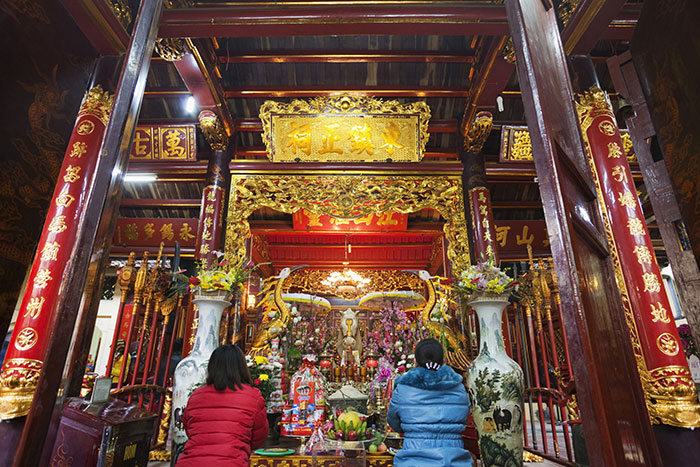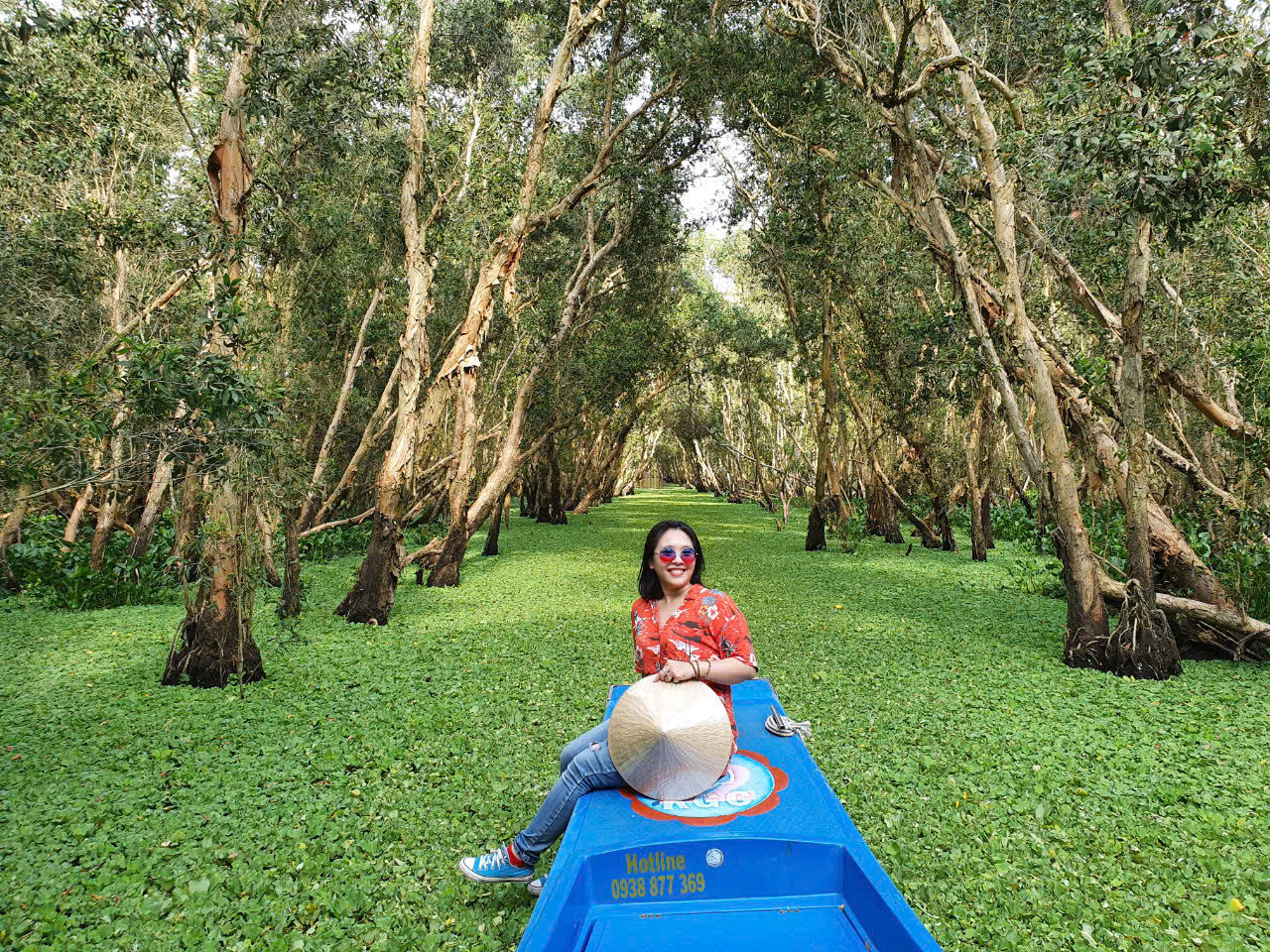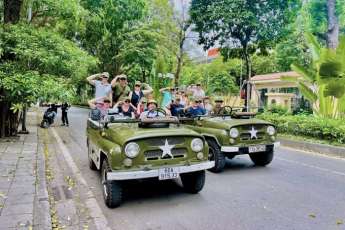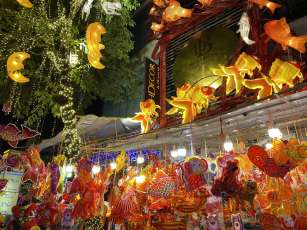
Bach Ma Temple: the oldest in Hanoi's old quarter
- on Jul 5, 2020 By: Ngoc Nguyen
While strolling through the lively streets of the old quarter of Hanoi, do not miss the chance to discover the charming temple of Bach Ma, the oldest temple of this old quarter, which is distinguished by its traditional architecture and its legend specific to Vietnamese culture.
History of Bach Ma Temple
Hidden in the heart of Hanoi’s old quarter, Bach Ma Temple is the oldest temple in the religious complex of the 36 corporations streets of the Vietnamese capital. The temple of Bach Ma was built in the 11th century by King Ly Thai To, legendary founder of the great Vietnamese Ly dynasty and known for having driven out the Chinese invader from Dai Co Viet. King Ly Thai To is the one who ordered the transfer of Thang Long to the current site of Hanoi and who built the Hanoi citadel. Besides, according to legend, the place of construction of the citadel came to the king in a dream. A white horse suddenly appeared in his dream and highlighted with his hoof prints a non-swampy area that could be suitable for the construction of the citadel. Thus the construction of the citadel started and to thank this white horse which indicated the good location to him, King Ly Thai To decided to build a temple to honour the white horse.

Bach Ma Temple is dedicated to Long Do, the guardian of the guardian genie of Thang Long. This place is part of what is called the "sacred quartet" which consists of 4 temples placed at the 4 cardinal points of the city and which protects it from malicious spirits. The Bach Ma, Voi Phuc, Kim Lien and Quan Thanh temples are located respectively in the East, West, South and North of our capital.
Over the centuries, Bach Ma Temple has suffered numerous damages due to floods, natural disasters and vicissitudes of history. This place of worship has been the subject of multiple renovations, one under the reign of King Le Chinh Hoa in the 17th century, another under the reign of the emperor Ming Mang in the 19th century and another more recently, at the beginning from the 2000s.

Bach Ma Temple Tour
Nestled in the heart of the bustling old quarter of Hanoi, Bach Ma Temple stands out in the urban landscape of the capital of Vietnam. From the outside, the temple displays great architectural sobriety. The building is built on one floor, which contrasts with the other buildings on the street which are much higher. Bach Ma Temple is indicated from the street by a large coloured flag. It is the flag of the 5 colours or Co Ngu Hanh in Vietnamese, which signify the 5 elements of Chinese philosophy: red for fire, yellow for earth, green for wood, white for metal and blue (or black) for water. Each colour also corresponds to a direction: blue for the north, white for the west, green for the east, red for the south and yellow for the centre. You will notice, before entering the temple, the beautiful roof covered with glazed tiles arranged according to the Ying and the Yang. Two golden dragons come from each side of a genie on the top of the roof.

You enter the temple through old wooden doors and you can discover a carefully decorated interior. You can admire a magnificent red lacquered funeral palanquin as well as the statue of the legendary white horse which would have guided the emperor to the site favourable for the construction of the citadel. More than a thousand years old, Bach Ma Temple shelters many vestiges like statues of divinities, sanctuaries dedicated to Confucius, stone steles, parallel sentences and beautiful ceramics.
The Bach Ma temple is still actively frequented by the inhabitants of Hanoi who come to burn incense and pray there. It is a pretty, well-kept, easily accessible small temple that allows Hanoians to practice their beliefs. Besides, we advise you to come to the Bach Ma Temple on weekends, the busiest time of the week. The temple is plunged in scrolls of incense releasing an enchanting spiritual charm. And then in the evening, the whole neighbourhood becomes a pedestrian street. It’s very nice to walk the busy streets of Hanoi’s old quarter. This is an opportunity to taste the legendary street food of Hanoi which spreads out on all the sidewalks of the district. It is also on weekends that many local artists come to perform. Traditional and modern songs and music then brighten up the streets of Hanoi's old city.
Related articles:
>> Amazing things to do in Hanoi
Comment
Other Blog
Categories
Latest News
on 31 Dec, 2025
on 31 Dec, 2025
 Español
Español Français
Français




















Morgane Ter Cock
on Dec 18, 2025HerbertPhomaMS
on Oct 19, 2025Lilyan Cuttler
on Oct 15, 2025Avenue17XC
on Sep 14, 2025Avenue18JL
on Jul 21, 2025